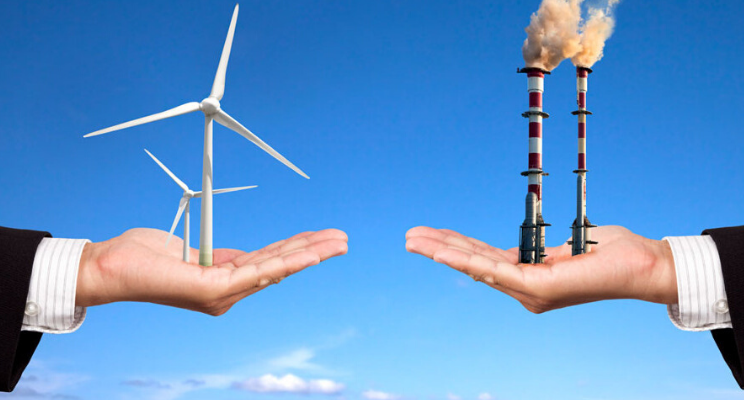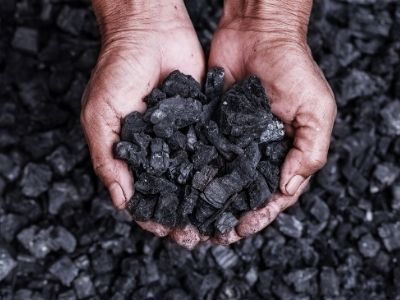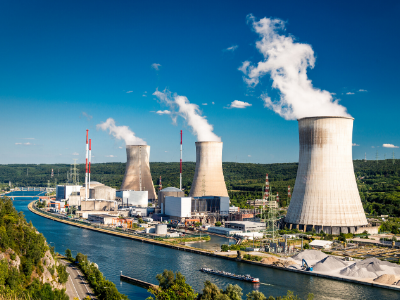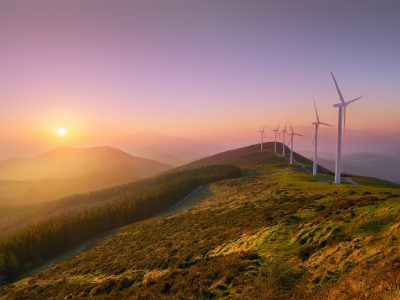UK Energy Mix - The Types of production
Electricity production in the UK has changed drastically over the last decade as the need for cleaner sources of power to tackle climate change has increased. Learn more about the types of electricity production.
Energy Production in the UK
How the UK generates its energy has seen a massive change over the last decade thanks in part to innovative new technology and increased awareness and environmentalist pressure regarding climate change.
In 1990 for example, 75% of all UK energy was produced via coal, in 2019 that figure is just 2%, a dramatic shift.
A shift away from polluting fossil fuels will increase even further over the coming years as politics has finally caught up with environmental concerns.
In the December 2019 General Election, every political party pledged to do more to cut carbon emissions, with the victorious Conservative government committing to reaching net-zero carbon emissions by 2050.
Pressure on the UK to deliver these promises was increased after November’s UN COP25 Conference failed. With COP26 due to be hosted in Glasgow in 2020 the focus will be on the UK to lead by example.
Types of Electricity Production
Energy is produced in a wide variety of ways. Some are more effective than others whilst others are cleaner. Let’s look at the main types of electricity production.
Fossil Fuels
Coal powered the UK’s Industrial Revolution allowing the nation to lead the way in industry and technological advancement. However, since the days of the British Empire coal production has fallen by 94% as it gradually lost its popularity.
Despite the decline in the use of coal most of the UK’s electricity is produced by fossil fuels, with the most used being natural gas.
As the green energy revolution picks up pace the usage of fossil fuels will decline to be replaced cleaner forms of energy. In total, fossil fuel output fell 6% in 2019, meaning that the total generation from fossil fuels has halved since 2010.
In 2019 the UK recorded 83 days when no coal was used to generate electricity, four times as many as in 2018.
Nuclear Energy
In the late 1990s, Nuclear energy produced 25% of the UK’s energy, in 2020 that number has fallen slightly to 21% on average.
Nuclear energy comes from the process of nuclear fission, in which uranium atoms are split to produce heat. This heats water to 520 degrees Fahrenheit turning it to steam which is then used to spin turbines that are connected to generators.
Nuclear power stations require Uranium to function (one of the least plentiful minerals on the planet) but due to its radioactivity, it can produce as much energy as three million pounds of coal.
Due to concerns over safety (i.e. Fukushima ) and their environmental impacts, the current batch of UK nuclear power stations will gradually be closed over the next few years with all but one due to be decommissioned by 2035.
In December 2019, the Nuclear Industry Association (NIA) has said that a new generation of Nuclear power plants will be needed if the UK is to hit its net zero carbon target.
Plans to build brand new nuclear power stations have been proposed.Renewable Energy
The UK is undergoing a green revolution with more emphasis on clean energy production becoming increasingly popular. Efforts from climate campaigners and a more determined push from governments to tackle the issues posed by climate change have seen a large shift to renewables.
In 2019 the energy produced by sources such as Wind, Hydro, Geothermal and Solar overtook fossil fuels for the first time since the Industrial Revolution. In May 2019, the UK went a whole two weeks with just renewables powering the nation.
Renewable energy delivered 48.5% of Britain's electricity in 2019
The amount of electricity generated by wind smashed previous records (almost 45% of the UK’s electricity on one day, an all-time high of over 16GW) and saw its share of production increase month on month throughout 2019. Offshore wind generated 9.8%, up from 6.7% in 2018 and produced more power than onshore farms (9.2%) for the first time.
The rise in renewables hasn’t been without controversy however as in 2002 the government introduced subsidies such as the Renewables Obligation to force energy suppliers to source more of their energy from green sources. These subsidies added 8-9% to household energy bills as companies passed on this cost to their customers.
Offshore wind and solar power no longer receive public subsidies. While the Renewable Heat Incentive (RHI) which supports domestic ground- and air-source heat pumps is due to end in 2021.
The different types of Renewable Energy include:
- Hydropower
Hydropower from dams and other setups power turbines via flowing water.
- Wind
Giant windmill like turbines capture energy from the wind for conversion into electricity.
- Biomass
Derived from plant and animal waste, materials are burned directly and used as other fuels to power turbines or internal combustion generators.
- Solar
Energy from the sun is captured in photovoltaic solar cells, heating fluids to produce steam and drive turbines.
- Geothermal
The heat from within the earth is harnessed for heating water that turns into steam and powers turbines.
Importing and Exporting Electricity - How does it work?
The fall in the amount of energy created by coal and nuclear and with renewable energy unable to meet the shortfall at all times means that the UK is vulnerable to energy shortages. This is where importing comes in.
The UK electricity network is connected to systems in several countries including the Netherlands, Ireland, and France via interconnector cables. These allow the UK to import or export electricity as and when it is most economical to do so. Imported electricity makes up a small proportion of the UK’s electricity supply.
Gas, on the other hand, is a different ball game as the UK produces 44% of its needs from the North and East Irish Seas. To get the rest, the UK imports gas via pipelines from Europe, Norway, and Russia. 9% of gas meanwhile is imported via tankers from Qatar in the form of Liquefied Natural Gas (LNG).
Energy Suppliers and The Fuel Mix
Energy Supply companies must provide their customers with information about the mix of fuels they use as well as the environmental impact this may have. With that in mind, energy suppliers can use the fuel mix to attract new customers.
With green energy now all the rage, a company that gets their supply from such environmentally friendly sources is more likely to get customers than one that favours more fossil fuels.
As such more and more independent suppliers are providing renewable energy fuelled plans to market, at ever-cheaper rates than before.
Further Reading
Top Tips to Help your customers save energy this Winter
The Rise of Renewables as Fossil Fuels Fall to Record Low
Dyball Associates are proud to help new supply businesses successfully launch in the UK market.
Through our energy market consultancy services, and the software we’ve developed, we’re supporting new UK electricity and gas suppliers get set up and start supplying.
For more information on how to start and manage an energy company, get in touch with Dyball Associates today.
Follow us on Twitter and LinkedIn to keep up to date with the latest news and updates in the energy industry.









